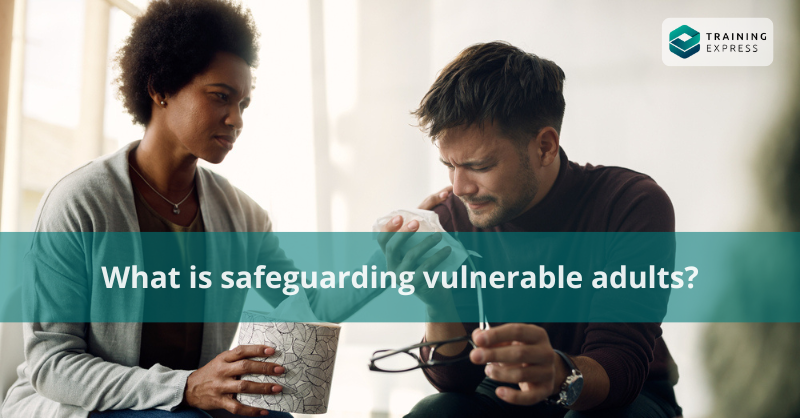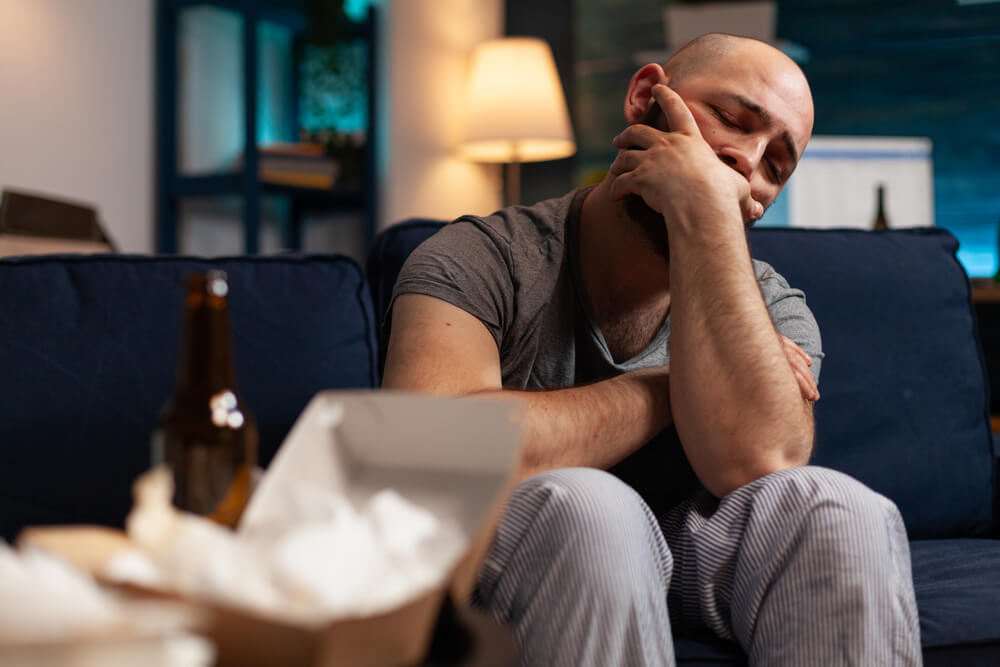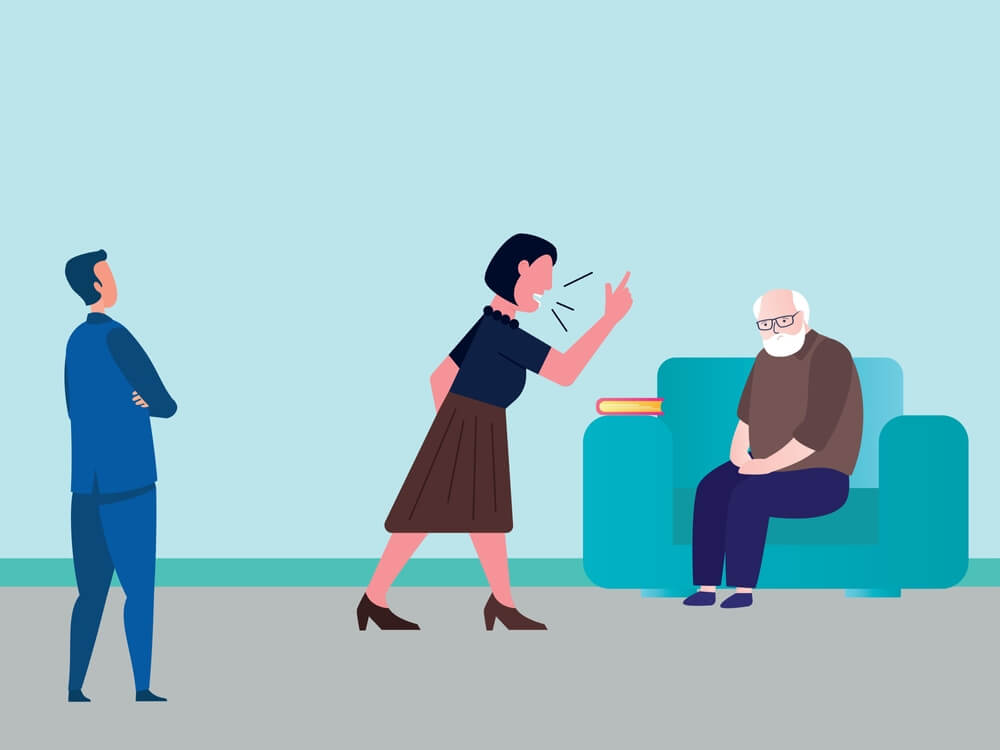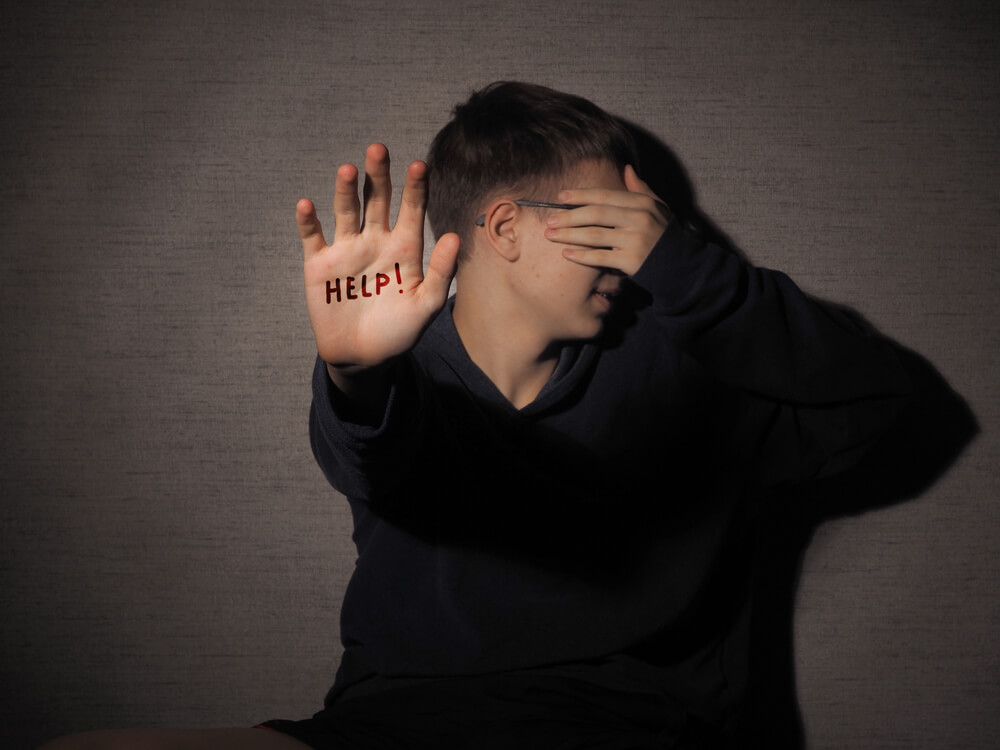

First of all, before knowing what is safeguarding vulnerable adults, you need to know what safeguarding is.
Safeguarding is the act of protecting people, especially children and vulnerable adults. It protects people from harm or abuse. Besides that, this includes physical, emotional, and sexual abuse, neglect, and exploitation. Safeguarding measures aim to promote individuals’ well-being and safety and prevent harm.
Table of Contents
What is safeguarding vulnerable adults?
Safeguarding vulnerable adults is the action taken to protect people. Those who cannot protect themselves due to age, illness, disability, or other reasons. In addition, this can include measures to prevent abuse, neglect, exploitation, or harm. Also, promote the individual’s well-being and safety. With this in mind, everyone should know what is safeguarding vulnerable adults, the signs of abuse as well as how to report it. Thus, vulnerable people can receive the protection and support they need.
Why is safeguarding important for vulnerable adults?
Safeguarding is important for vulnerable adults because it helps to protect them from harm and abuse. Vulnerable adults may be at a higher risk of being abused, neglected, or exploited. Thus, they may be unable to protect themselves or speak out about what is happening to them. Safeguarding measures aim to keep vulnerable adults safe. Moreover, it promotes their well-being by providing support and protection against harm. Taking action ensures that they can live with dignity and respect. It also helps to protect their rights. Learn more about what is safeguarding vulnerable adults by joining Safeguarding Vulnerable Adults Training.
How to Safeguard a Vulnerable Adult

You can take several steps to safeguard a vulnerable adult:
- One must be aware of the signs of abuse and neglect. Sign as changes in behaviour, physical injuries, or sudden changes in financial circumstances.
- Report any concerns to the appropriate authorities. For example, the police, adult protective services, or a healthcare provider.
- Support vulnerable adults to get help and access the necessary services. Services such as medical care, counselling, or legal assistance.
- Create a safe and supportive environment for vulnerable adults, and respect their rights and dignity.
- Educate vulnerable adults, and those around them, about their rights and how to recognise and report abuse.
- Regularly review and assess the situation. It helps ensure that vulnerable adults receive the support and protection they need.
Remember, safeguarding a vulnerable adult is a shared responsibility requiring a coordinated effort from all involved, including occupational health providers who play a crucial role in identifying and addressing potential abuse or neglect in the workplace.
Learn what is safeguarding vulnerable adults and how to care for adults who may have been mentally or physically abused to prevent further harm.
This course will teach you the knowledge and skills to protect vulnerable adults from abuse and neglect effectively.
This course is designed for teachers, healthcare workers, NHS staff, and dental professionals. Those who want to work with vulnerable adults.
The course curriculum covers various topics, including what is safeguarding vulnerable adults, safeguarding legislation, different forms of abuse and neglect, communication skills, information sharing, and reporting processes.
Enrol in the Safeguarding Vulnerable Adults Training Course now. Take the first step in protecting vulnerable adults from harm.
Different forms of abuse that vulnerable adults face:

Vulnerable adults can face several forms of abuse, including:
Physical abuse
Inflicting physical pain or injury to a vulnerable adult, including hitting, slapping, or pushing.
Sexual abuse
Non-consensual sexual contact or behaviour with a vulnerable adult.
Emotional/psychological abuse
Causes emotional distress to a vulnerable adult, including verbal abuse, intimidation, and isolation.
Financial abuse
Misusing a vulnerable adult’s money, property, or resources for personal gain.
Neglect
Failing to provide adequate care, food, clothing, or medical treatment to a vulnerable adult.
Domestic abuse
Abusive behaviour by a partner, family member, or carer towards a vulnerable adult.
Discriminatory abuse
Abusive behaviour is based on a vulnerable adult’s race, religion, sexual orientation, or disability.
Abuse in your home
Abusive behaviour by a carer or support worker towards a vulnerable adult in their home.
Institutional abuse
Abusive practices within institutions, such as care homes, harm vulnerable adults.
Modern slavery and human trafficking
Exploiting a vulnerable adult for forced labour or sexual exploitation.
It’s important to be aware of these different forms of abuse and to report any suspected abuse to the relevant authorities.
How to spot signs of abuse in older people
Be aware of the signs of abuse in older adults, as they may be vulnerable and unable to speak out or protect themselves. Here are some signs given below:
Physical signs
You cannot explain bruises, cuts, burns, broken bones, or sudden changes in an older person’s physical appearance.
Behavioural changes
Sudden changes in behaviour, such as increased anxiety or withdrawal or becoming clingy or fearful of certain people.
Emotional changes
Changes in an emotional state, such as becoming sad, depressed, or agitated, or displaying unusual behaviour or mood swings.
Changes in hygiene
Neglecting personal hygiene, such as wearing dirty clothes or having poor personal grooming.
Changes in diet
Unexpected weight loss, malnutrition, or dehydration.
Financial changes
Sudden changes in financial circumstances, such as missing money or having valuable items go missing.
Unexplained injuries
Bruises or injuries that are not explained or appear in areas that are difficult to reach, such as the back, arms, or legs.
Isolation
Being isolated from friends, family, or other social contacts.
It’s important to act on any concerns and to report to the relevant authorities suspected abuse, such as the police or social services, who can investigate and provide support to the older person. Know more about what is safeguarding vulnerable adults, and how to take support.
What can you do if you think you are being abused or neglected?

If you suspect that you are being abused or neglected, it is important to take action to protect yourself and seek help. Here are some steps you can take
Talk to someone you trust
Confide in a friend, family member, or someone you trust, such as a healthcare professional, and let them know what is happening.
Contact the authorities
Report the abuse to the relevant authorities, such as the police, social services, or a local adult protective services agency.
Keep records
Keep a record of any incidents, including the date, time, and relevant details, such as who was involved and what was said.
Seek medical attention
If you have suffered any physical injuries, it is important to seek medical attention. Your doctor can provide you with treatment and document your injuries.
Seek legal assistance
If you are being abused or neglected by a caretaker, you may be able to seek legal assistance to help protect your rights and ensure your safety.
Find a safe place
If you are in immediate danger, try to get to a safe place where you can contact the authorities for help.
It is important to remember that abuse and neglect are never your fault and that some people and organisations can help you. If you are in immediate danger, call the police or your local emergency services.
Examples of safeguarding adults:
Here are some examples of safeguarding adults
- Reporting any suspected abuse to the appropriate authorities
- Encouraging the individual to seek support and protection
- Implementing safeguarding policies and procedures in the workplace
- Providing training and support to staff and volunteers on how to recognize and respond to abuse
- Conducting regular risk assessments to identify and manage potential safeguarding issues
Examples of vulnerable adults:
Vulnerable adults are at increased risk of harm due to their age, physical or mental health, or other personal circumstances. Some examples of vulnerable adults include
- Older people
- People with disabilities
- mental health conditions
- receiving care and support
- who are homeless
- subjected to domestic abuse
- have experienced sexual abuse
- subjected to trafficking or exploitation
Safeguarding Vulnerable Adults Act:
The Safeguarding Vulnerable Adults Act is a piece of legislation that sets out the responsibilities of organisations and individuals to prevent and respond to abuse and neglect of vulnerable adults. It sets out the legal framework for safeguarding and protecting vulnerable adults in the UK.
Safeguarding Vulnerable Adults Legislation:
Several pieces of legislation relating to safeguarding vulnerable adults in the UK, including the Care Act 2014, the Mental Capacity Act 2005, and the Human Rights Act 1998. These laws set out the responsibilities of organisations and individuals to protect vulnerable adults from abuse and neglect and to support them in their needs.
FAQ
What do acts of omission or neglect mean?
Acts of omission or neglect refer to a failure to take appropriate action that leads to harm or suffering for a vulnerable adult. This can include failing to provide adequate care, support, or protection or responding to a vulnerable adult’s needs.
What should you do if you suspect someone is being abused?
If you suspect someone is being abused, taking action as soon as possible is important. You can report your concerns to the local safeguarding team or the police. You can also speak to someone at a local support organisation or charity.
What amounts to “abuse or neglect”?
Abuse or neglect can take many forms, including physical, emotional, financial, or sexual abuse, neglect or acts of omission. Be aware of the signs and take action if you suspect someone is abused.
Whom to contact if an older person is abused?
Suppose you suspect an older person is being abused. You can contact the local safeguarding team or the police. You can also speak to someone at a local support organisation or charity.
What is safeguarding vulnerable adults in care homes mean?
Safeguarding vulnerable adults in care homes means ensuring that residents receive safe and appropriate care, free from abuse or neglect. This includes providing a secure and safe environment, ensuring that residents’ rights are respected, and ensuring that appropriate safeguarding procedures are in place.
How to report a safeguarding issue in a care home?
To report a safeguarding issue in a care home, you can contact the local safeguarding team, the police, or the care home itself. You can also speak to someone at a local support organisation or charity. It is important to take action as soon as possible to ensure that the resident receives the support and protection they need.
- Available Courses
- Animal care10
- Design28
- Training9
- Accounting & Finance Primary50
- Teaching & Academics Primary37
- Teaching23
- Quality Licence Scheme Endorsed181
- Law10
- IT & Software230
- Job Ready Programme52
- Charity & Non-Profit Courses28
- HR & Leadership4
- Administration & Office Skills4
- Mandatory Training36
- Regulated Courses4
- AI & Data Literacy26
- Health and Social Care290
- Personal Development1632
- Food Hygiene119
- Safeguarding80
- Employability288
- First Aid73
- Business Skills296
- Management425
- Child Psychology40
- Health and Safety533
- Hospitality28
- Electronics30
- Construction63
- Career Bundles201
- Marketing39
- Healthcare172

 Food Hygiene
Food Hygiene Health & Safety
Health & Safety Safeguarding
Safeguarding First Aid
First Aid Business Skills
Business Skills Personal Development
Personal Development




